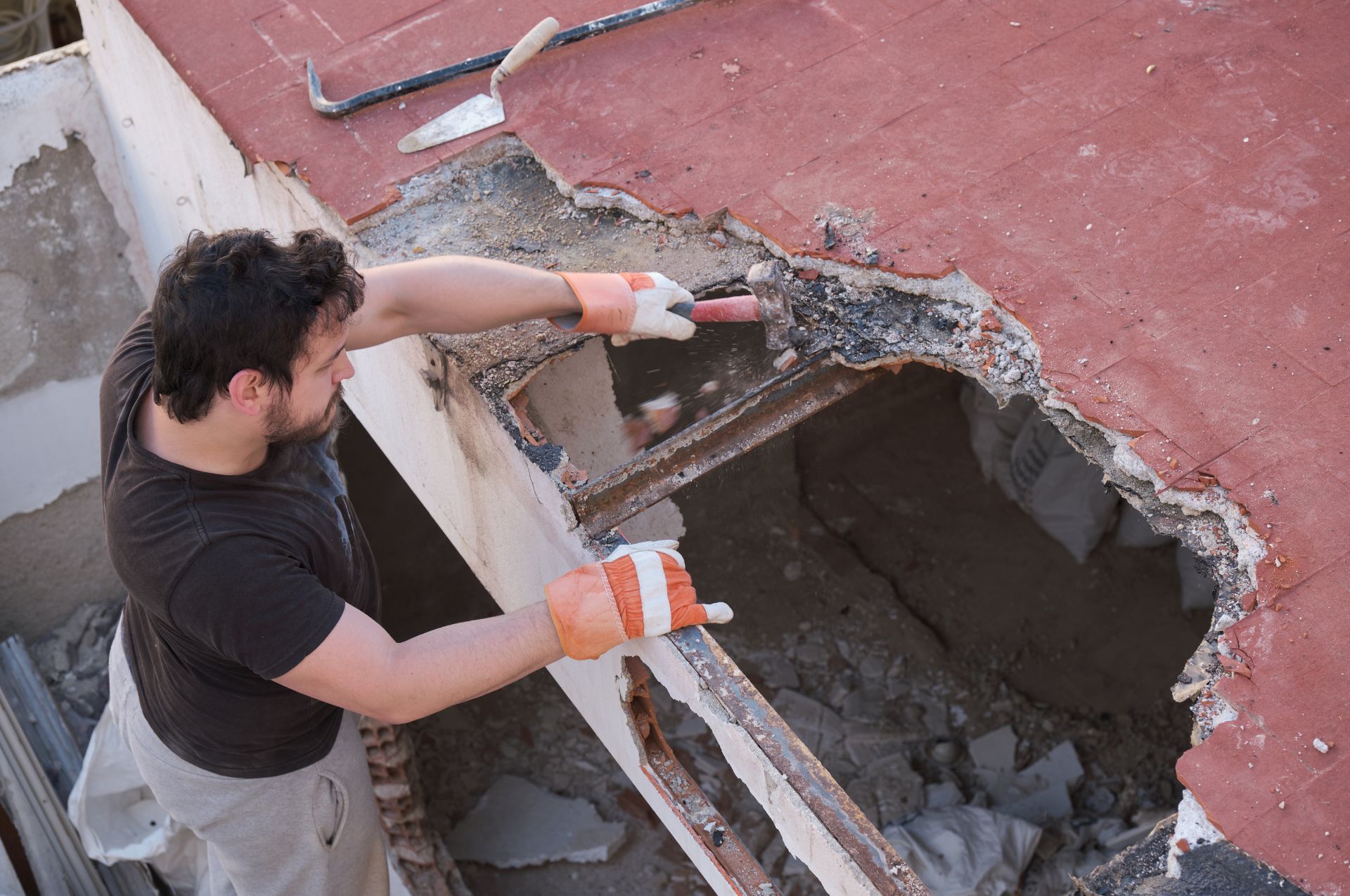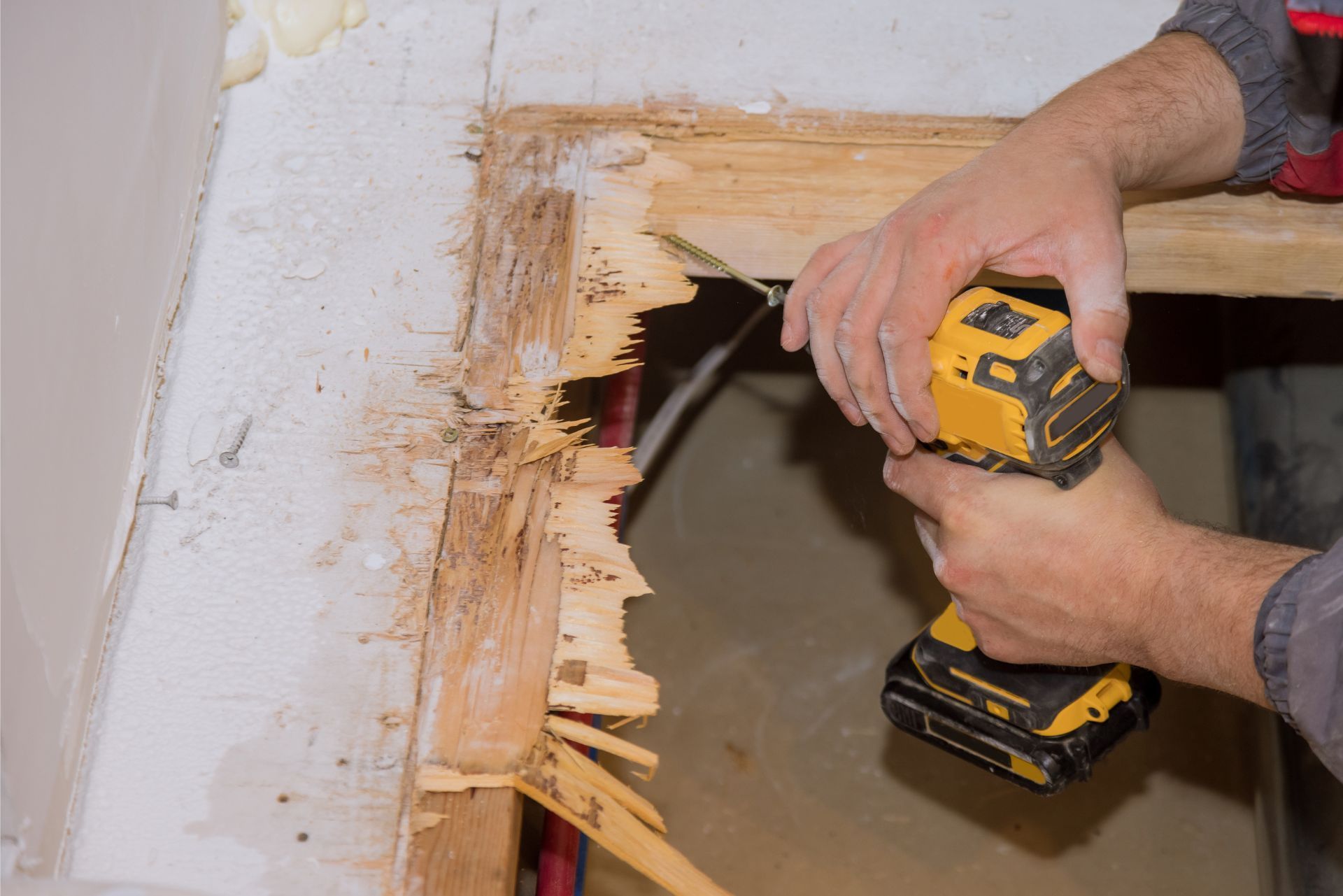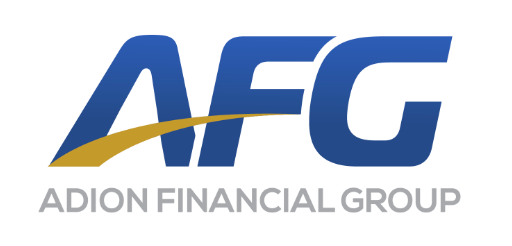
Top 3 Recommended Policies
Investing in real estate through fix and flip projects has become increasingly popular across the United States, and Connecticut is no exception. With its diverse housing market and proximity to major metropolitan areas like New York City and Boston, Connecticut offers lucrative opportunities for investors willing to renovate and resell properties. However, fix and flip ventures come with unique risks that require specialized insurance coverage to protect your investment, your team, and your financial future.
This comprehensive guide will explore everything you need to know about fix and flip insurance in Connecticut—from understanding the risks involved to choosing the right policies and providers. Whether you’re a seasoned investor or just starting out, this article will help you navigate the complexities of insurance tailored for fix and flip projects in the Constitution State.
Understanding the Fix and Flip Market in Connecticut
The Appeal of Fix and Flip in Connecticut
Connecticut’s real estate market offers a unique blend of suburban charm and urban opportunity. Towns like Stamford, Hartford, New Haven, and Bridgeport provide a range of properties that are prime candidates for renovation and resale. According to recent market data, Connecticut experienced a steady increase in home prices, with a median sales price rising approximately 8% year-over-year as of early 2024. This growth signals strong demand for updated, move-in-ready homes, making fix and flip projects potentially profitable.
Furthermore, Connecticut’s proximity to major employment hubs means renovated homes often attract buyers who want to live within commuting distance of New York City or Boston but prefer a more affordable or spacious living environment. This dynamic creates a favorable market for investors who can efficiently renovate properties to meet buyer expectations. Additionally, the state boasts a rich cultural heritage, with historic neighborhoods that appeal to buyers looking for character and charm. The presence of excellent schools, parks, and recreational facilities further enhances the desirability of these areas, making them attractive targets for fix and flip projects.
Common Risks in Connecticut Fix and Flip Projects
Despite the potential rewards, fix and flip projects inherently involve several risks. Construction delays, unexpected repair costs, market fluctuations, and liability concerns can all impact profitability. Specifically in Connecticut, investors must contend with older housing stock, which may include issues such as outdated electrical systems, lead paint, asbestos, and foundation problems due to the state’s varied geology.
Additionally, weather in Connecticut can be unpredictable, with cold winters and wet springs that may delay construction timelines or damage materials. Understanding these risks is essential when selecting insurance coverage to protect your investment. Moreover, the regulatory landscape in Connecticut can be complex, with local zoning laws and building codes that vary significantly from town to town. Investors must conduct thorough due diligence to navigate these regulations effectively, ensuring that their renovation plans comply with all necessary guidelines. Engaging with local contractors who are familiar with the area can also mitigate risks by providing insights into common pitfalls and best practices for successful renovations.

What is Fix and Flip Insurance?
Defining Fix and Flip Insurance
Fix and flip insurance is a specialized form of coverage designed to protect real estate investors during the renovation and resale process. Unlike traditional homeowner’s insurance, which covers occupied homes, fix and flip insurance addresses the unique risks associated with properties under construction or renovation.
This insurance typically combines several types of coverage, including property insurance, liability protection, builder’s risk, and sometimes coverage for tools and equipment. The goal is to shield investors from financial losses due to property damage, accidents, theft, or legal claims that can arise during the renovation phase.
Moreover, many fix and flip insurance policies can be customized to fit the specific needs of the investor and the property in question. For instance, if an investor is working on a particularly high-value property or undertaking extensive renovations, they may opt for additional coverage options that provide greater financial security. This flexibility allows investors to tailor their insurance to the scope of their projects, ensuring they have adequate protection at every stage of the renovation process.
Why Standard Insurance Policies Aren’t Enough
Standard homeowner’s insurance policies generally exclude coverage for properties that are vacant or undergoing significant renovations. Since fix and flip properties are often unoccupied and may have exposed wiring, construction debris, or partially completed structures, insurers view them as higher risk. This means that relying on a standard policy could leave investors exposed to gaps in coverage.
For example, if a fire damages a vacant property being renovated, a typical homeowner’s policy might deny the claim. Similarly, if a contractor is injured on-site, liability coverage under a standard policy may not apply. Fix and flip insurance fills these gaps by providing tailored protection that aligns with the realities of renovation projects.
Additionally, the fast-paced nature of fix and flip projects can lead to unforeseen challenges that standard policies are ill-equipped to handle. Investors often face tight timelines and budget constraints, making it crucial to have insurance that can adapt to changing circumstances. For instance, if a project runs over schedule due to unexpected structural issues, having the right insurance can help mitigate the financial impact of extended holding costs or additional repairs. This adaptability is a key advantage of fix and flip insurance, allowing investors to focus on their renovations without the constant worry of potential liabilities lurking around every corner.
Types of Coverage Included in Connecticut Fix and Flip Insurance
Builder’s Risk Insurance
Builder’s risk insurance is a cornerstone of fix and flip coverage. It protects the property and materials during construction against perils such as fire, vandalism, theft, wind damage, and water damage. In Connecticut, where weather-related risks like storms and heavy snow are common, builder’s risk insurance is particularly important.
This coverage typically applies from the start of renovation until the property is sold or occupied. It can cover the cost to repair or replace damaged structures, fixtures, and sometimes even materials stored on-site. Additionally, many policies offer the option to include coverage for soft costs, which can encompass expenses like permits, fees, and even lost rental income if the project is delayed due to a covered loss. This added layer of protection can be invaluable for investors who need to maintain their financial stability while navigating the unpredictable nature of renovations.
General Liability Insurance
General liability insurance protects investors against third-party claims for bodily injury or property damage that occur on the job site. For instance, if a visitor or contractor is injured while working on or visiting the property, this coverage helps cover medical expenses, legal fees, and settlements.
Given that fix and flip projects often involve multiple contractors, subcontractors, and vendors, liability insurance is crucial to mitigate the financial impact of accidents or lawsuits. Furthermore, this insurance can also cover advertising injuries, such as claims of slander or copyright infringement, which can arise if marketing materials are not properly vetted. As such, it is essential for investors to work closely with their insurance agents to ensure that all potential risks are addressed in their policies.
Property Insurance
While builder’s risk covers the property during construction, property insurance may offer broader protection for the building itself once renovations are complete or if the property is occupied. This insurance can cover damage caused by fire, theft, vandalism, or natural disasters.
Investors should ensure that their property insurance policy aligns with the timeline and status of their fix and flip project to avoid gaps in coverage. Additionally, some policies may offer replacement cost coverage, which can be particularly beneficial in a fluctuating real estate market. This means that in the event of a loss, the investor can recover the full cost of replacing damaged property rather than just the depreciated value, providing a financial cushion that can facilitate quicker reinvestment into future projects.
Equipment and Tool Coverage
Many fix and flip investors use specialized tools and equipment that can be costly to replace. Equipment coverage protects these assets from theft, damage, or loss while on-site or in transit. In Connecticut, where theft rates can vary by area, this coverage provides peace of mind for investors relying on expensive tools.
Moreover, some insurance policies may offer coverage for rental equipment, which is often necessary for specific tasks that require specialized machinery. This can be a game-changer for investors who might not want to purchase equipment outright but need access to high-quality tools for particular projects. By ensuring that both owned and rented equipment are covered, investors can focus on the renovation process without the constant worry of potential financial setbacks due to equipment loss.
Workers’ Compensation Insurance
If you employ contractors or workers directly, Connecticut law may require workers’ compensation insurance to cover medical expenses and lost wages in case of workplace injuries. Even if contractors are independent, it’s important to verify their coverage to avoid liability.
Additionally, having workers’ compensation insurance can foster a safer work environment, as it encourages compliance with safety regulations and best practices. This not only protects the workers but also helps maintain the project timeline by minimizing disruptions caused by workplace accidents. Furthermore, some policies may include coverage for rehabilitation services, which can assist injured workers in returning to work more quickly, thus benefiting both the investor and the workforce in the long run.
How to Choose the Right Fix and Flip Insurance in Connecticut
Assess Your Project’s Specific Risks
Every fix and flip project is unique, so the first step is to evaluate the specific risks involved. Consider factors such as the property’s age, location, scope of renovations, and the number of workers on-site. For example, a historic home in Hartford may require coverage for lead paint remediation, while a suburban property in Fairfield County might face different challenges. Additionally, properties located in flood-prone areas or those that are undergoing extensive structural changes may necessitate specialized coverage to protect against unforeseen incidents.
Understanding these nuances helps tailor your insurance package to your project’s needs. It’s also wise to document the current condition of the property through photographs and detailed notes, which can be invaluable when filing claims. This proactive approach not only aids in assessing risks but also provides a clear record of the property’s state before renovations begin, making it easier to address any disputes that may arise with your insurance provider.
Work with Experienced Insurance Providers
Not all insurance companies are familiar with the fix and flip market. It’s important to partner with insurers or brokers who specialize in real estate investment and renovation projects. They can guide you through the complexities of coverage options, exclusions, and state-specific regulations. A knowledgeable broker can also help you navigate the nuances of different policies, ensuring that you select the best options for your specific project needs.
Look for providers with strong reputations in Connecticut and positive reviews from local investors. Engaging with local real estate investment groups or forums can also provide insights into which insurance companies have proven reliable for others in the industry. Networking with experienced investors can yield valuable recommendations and help you avoid common pitfalls when selecting an insurance provider.
Compare Quotes and Coverage Details
Shopping around for quotes is essential. Compare not only premiums but also deductibles, coverage limits, and exclusions. Some policies may exclude certain perils like flooding or mold, which could be relevant in Connecticut’s climate. It’s also important to inquire about additional endorsements or riders that can enhance your coverage, such as protection against theft or vandalism during the renovation process.
Ensure that your policy covers the entire renovation period and any potential delays. In the fast-paced world of real estate, timelines can shift unexpectedly due to supply chain issues or contractor availability, so having coverage that accommodates these changes is crucial. Additionally, consider the implications of any local building codes or zoning laws that may impact your project, as these can also influence your insurance needs.
Understand Connecticut’s Insurance Regulations
Connecticut has specific insurance regulations that may affect your fix and flip coverage. For example, the state requires certain minimum liability limits and mandates workers’ compensation for most employers. Familiarize yourself with these rules or consult an insurance professional to ensure compliance. Understanding these regulations can help you avoid hefty fines and ensure that your project runs smoothly without legal interruptions.
Moreover, staying informed about any changes in state laws or insurance requirements is vital, as these can evolve and impact your coverage needs. Engaging with local real estate associations or attending workshops can provide ongoing education about regulatory changes and best practices in the industry. This proactive approach not only safeguards your investment but also positions you as a knowledgeable player in the Connecticut real estate market.

Cost Factors for Fix and Flip Insurance in Connecticut
Property Location and Condition
Insurance premiums vary based on the property’s location within Connecticut. Urban areas like Hartford or Bridgeport may have higher rates due to increased risk of theft or vandalism. Older homes with outdated systems or structural issues can also increase costs.
Scope and Duration of Renovations
Longer or more extensive renovation projects typically carry higher premiums because the risk exposure period is extended. Projects involving structural changes, electrical rewiring, or hazardous materials remediation may also increase costs.
Coverage Limits and Deductibles
Higher coverage limits provide greater protection but come with increased premiums. Choosing a higher deductible can reduce upfront costs but means more out-of-pocket expenses in the event of a claim.
Claims History and Experience
Insurers often consider an investor’s claims history and experience in the fix and flip market. A clean claims record and demonstrated expertise can lead to better rates and terms.
Tips for Managing Insurance Claims and Risks
Document Everything Thoroughly
Maintain detailed records of the property’s condition before, during, and after renovations. Photographs, receipts, contracts, and inspection reports can be invaluable when filing claims or resolving disputes.
Communicate Clearly with Contractors
Ensure all contractors have proper licenses, insurance, and understand safety protocols. Clear communication helps reduce accidents and liability exposure.
Review and Update Policies Regularly
As your project progresses, your insurance needs may change. Periodically review your policies to ensure coverage remains adequate and adjust as necessary.
Consider Additional Risk Mitigation Strategies
Beyond insurance, implement safety measures such as secure fencing, alarm systems, and regular site inspections to minimize risks of theft, vandalism, or accidents.
Conclusion: Protecting Your Connecticut Fix and Flip Investment
Fix and flip projects in Connecticut offer exciting opportunities for real estate investors, but they come with a unique set of risks that require specialized insurance coverage. Understanding the types of insurance available, the state-specific considerations, and how to tailor coverage to your project can safeguard your investment and ensure smoother project execution.
By partnering with knowledgeable insurance providers, assessing your risks carefully, and staying proactive in managing your policies and site safety, you can navigate the complexities of fix and flip insurance in Connecticut with confidence. This approach not only protects your financial interests but also positions you for long-term success in the competitive real estate market.
Whether you’re renovating a charming colonial in New Haven or updating a modern condo in Stamford, the right fix and flip insurance is a critical component of your investment strategy.
Contact Us
Phone
Locations
Connecticut Location
703 Hebron Ave., 3rd Floor, Glastonbury, CT 06033
North Carolina Location
436 East 36th St., Charlotte, NC 28205


